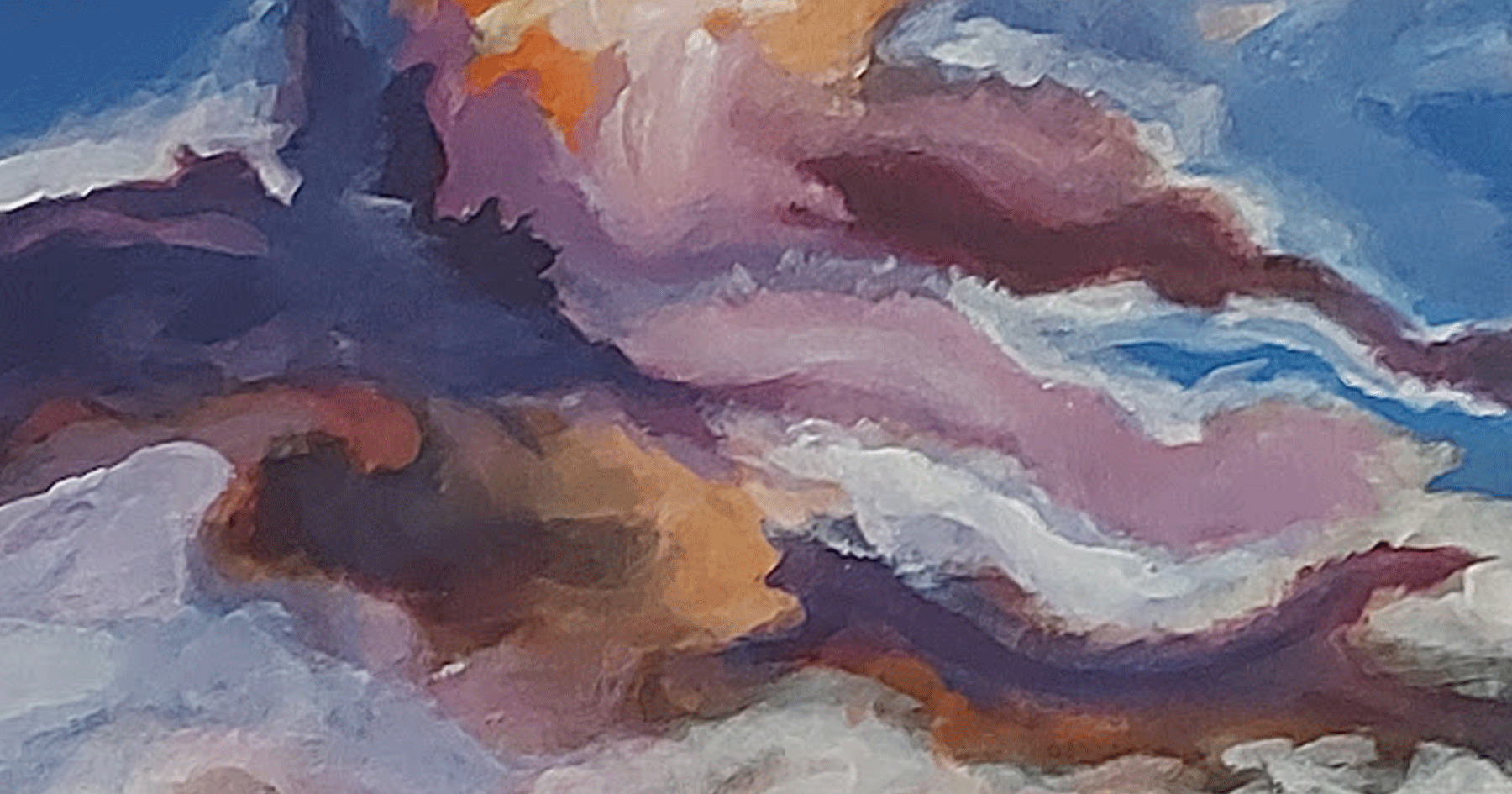In my last article, I defined the nature of “the sublime” in art, and suggested that the creation or appreciation of the sublime might be considered similar to a religious experience. This is from the perspective of the viewer and the artist. It is a wonderful thing that human beings can experience something that is greater than the mundane.
Appreciating the sublime can be said to be a universal experience, due to the fact that everyone has the ability to feel and perceive the world through the senses. However, there is another aspect of experiencing the sublime that is beyond the senses.
As an art student, I remember the first time I lost contact with time and space while being engrossed in the act of painting. When I came back to ordinary consciousness, several hours had passed, in what seemed like an instant.
Quite honestly, this experience of timelessness did not happen again for a long time. Although, one thing I am sure about is that I couldn’t make it happen by an act of will. However, I had similar experiences while practicing contemplative prayer.
In trying to analyse what might have initiated the experience, I would say that the subject of the painting was not particularly awe-inspiring; it was the light of a welding torch. There was the aspect of “light,” but I believe the experience was initiated by being one-pointedly engrossed in something to the exclusion of anything else.
I have heard other people remark that they have had similar experiences; such as, while playing a musical instrument or running in a marathon. So there must be an element of pushing boundaries that brings about this kind of transcendence.
Returning to art, I also believe it is possible to become enraptured in this way while appreciating the sublime in art: to lose oneself in it, so to speak. From a practical point of view, what needs to be understood is the mechanics of the transcendental experience, and what can trigger it.
In Canada, we only have to walk outside and watch clouds moving against our local landscape to be moved emotionally. The clue here is “spend some time” watching the sublime in nature. This is also true about spending time appreciating art in a gallery or museum. It is necessary, however, to STOP and MUSE for a while.
That is what do we do when we are struck by the beauty of clouds or the majesty of a landscape. We look at fine details against the massiveness of the sky. And sometimes we get transported into the “Blue Beyond.”
Something similar happens during a storm: after a crack of thunder, in a moment we come alive, as adrenaline surges through our body. Or we might view the panorama of a mountain range; or watch the crashing waves of the ocean. Appreciating the sublime in nature is the same as appreciating the sublime in art.
We don’t have to go to Europe to see sublime art; in Canada, we are fortunate to have the art works of the Group of Seven and Emily Carr readily available.
Now that I have discussed a little about how art might be approached to experience “The Sublime,” in the next article I want to discuss how the sublime might also be experienced in abstract art.


